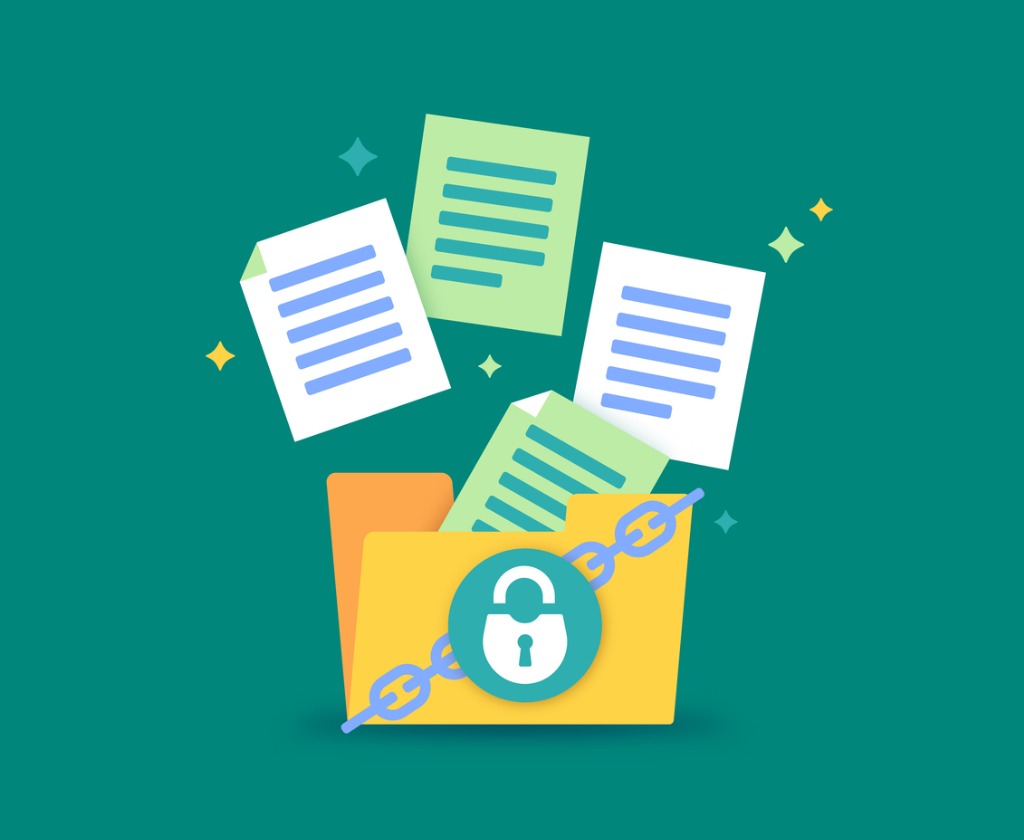Everyone uses email, whether it be to communicate with clients or cascade announcements across teams and departments. Employees also tend to send confidential and valuable data such as documents, reports, images, and more via their email service of choice.
This is where potential data risks come into play. Users may unintentionally attach a harmful file, click on a malicious link, or send sensitive information to third parties outside the company. Because of this, it’s vital that organizations have policies and security measures in place when it comes to email. Every bit of data should be protected, be it a simple email sent within the team or a business plan with potentially damaging company data. Proper security policies will not only significantly lower risk, but they should also manage the email lifecycle. Through policies, messages can be kept or deleted according to business and legal needs.
One of the most popular email platforms nowadays is Exchange Online. It gives users access to email, a calendar, and contacts from any configured device. In this blog post, let’s take a look at the different security features Exchange boasts and how it can help your organization communicate through email with confidence and security.

Here are some of the most-used security and compliance features of Exchange Online and how you can utilize them in your organization:
1. Message Encryption
This feature allows you to send encrypted messages to users both inside and outside of your organization and supports a variety of destination domains such as Outlook, Gmail, Yahoo, and more. Designated recipients are also allowed to send encrypted replies. Message Encryption combines email encryption and rights management capabilities, all of which are powered by Azure Information Protection.
2. Information Rights Management
To prevent data leakage, this function provides both online and offline protection to your messages and attachments by allowing users to control who can access, print, copy, and forward sensitive information in an email. This feature can be configured in the Active Directory Rights Management Service to suit your organization’s security requirements, but you could also use native Office 365 message encryption instead if no specific configuration is needed. This security feature can be selected in Microsoft Outlook and Outlook for Web.

3. Archive Mailboxes (a.k.a. In-Place Archiving)
This feature provides users with additional mailbox storage by allowing them to access and store messages in their archive mailbox using Outlook and Outlook for Web when enabled. Users can also move messages between primary and archived mailboxes. The “mail recipient” role in Exchange Online is needed to enable or disable archive mailboxes. See this page to learn how you can enable this feature.
4. Data Loss Prevention
Data loss prevention (DLP) helps you easily identify sensitive information in your organization such as private identification numbers and credit card numbers. This feature is used to enforce compliance requirements and sensitive data is being used in email without sacrificing productivity and collaboration. Admins can use built-in DLP policies or create custom ones to define specific rules for checking sensitive data.
5. Messaging Records Management
As the volume of email both inbound and outbound increases, the chance of risk also increases if left unmanaged. This feature helps organizations manage the email lifecycle and reduce any legal risks that could arise. However, this feature is now replaced with retention policies and retention labels found in the Microsoft 365 compliance center. If you’re still using messaging records management, however, it can still work together with the new retention features.

Aside from these great features, there are also others available such as being able to manage inactive mailboxes in Exchange Online, audit reporting, journaling, signing and encryption, and more.
Communicating and collaborating through email is handy, but only when the appropriate security features are set. Hopefully using these features will help your organization send emails with confidence!






